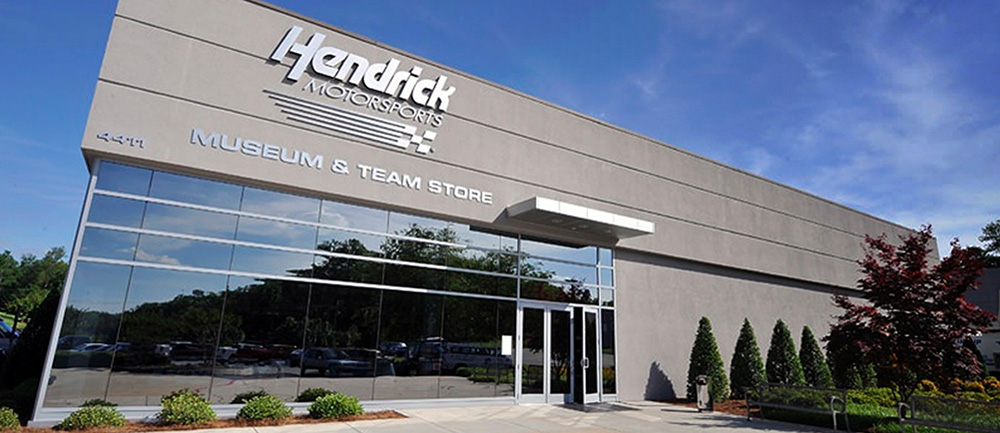
DAYTONA BEACH, Fla. – This weekend at Daytona International Speedway, NASCAR Hall of Famer Jeff Gordon helped lead a panel of experts on evolving technology in the sport.
“NASCAR is intertwined with technology, whether it’s from the team side, from the driver’s vantage point or the NASCAR officiating side,” Gordon said. “It’s also informed the TV broadcast side.”
Among the panelists was Hendrick Motorsports director of competition systems Alba Colon.
The group discussed how far technology has come in the sport even from when Gordon was racing, and in particular how companies like Hendrick Motorsports partner Microsoft have helped the organization work with and analyze all the new data that pours in on a daily basis.
“We have a great relationship with Microsoft,” Colon said. “They have been able to provide us with better ways to analyze information and data. It’s great to have a partner that you can go and say, ‘These are my issues, this is how I want to express and show that data. Please help me with different programs and different ideas on how to make this happen.’ It’s not only a one-way partnership and we’re helping each other.”
Gordon recalled the days when he would have to hear over the radio what kind of lap time he was putting together, whether it was during practice, qualifying or even the race. Compared to how informed drivers are today, it’s night and day.
“The drivers can even compare themselves to every other driver in the field, not just lap times and segment times, but also throttle and break pressure and steering wheel angle,” Gordon explained.
“To see how that has advanced and really being able to get that information in real time and break it down really pushed the driver quite a bit on measuring yourself against the competition.”
Not only are the drivers able to utilize the data, but team engineers constantly utilize it to optimize performance. It has become useful in “every aspect of the sport,” Gordon said, from pit road to even the broadcast booth.
Colon noted that the new data sets were a welcomed gift for teams.
“When NASCAR gave us the opportunity to have that data last year, it was like a little kid on Christmas morning,” she laughed. “It gave us an opportunity to see more data from our vehicle but also to see the data of other vehicles of other teams. And to better understand where we are gaining and losing spots on the track and many other things.”
And that technology isn’t slowing down. Rather, it’s getting more and more advanced “very quickly.”
It’s an aspect of NASCAR that might go unnoticed by fans that keeps the sport on the cutting-edge and allows teams to continue to improve their processes.
Recent advances have certainly made a noticeable difference from the information Gordon used to have inside the car during much of his Hall of Fame career, and he wouldn’t want it any other way.
“As a driver I can tell you I enjoy the technical side of things and seeing how it affects the way a team preps and the way the driver looks and views what goes on in the race car,” Gordon said. “As we know, these teams and engineers love to get very detailed in how they use this data and information. So, as that advanced it made the preparation going into each event more and more detailed and more time-consuming, but also it made it a lot of fun.”







